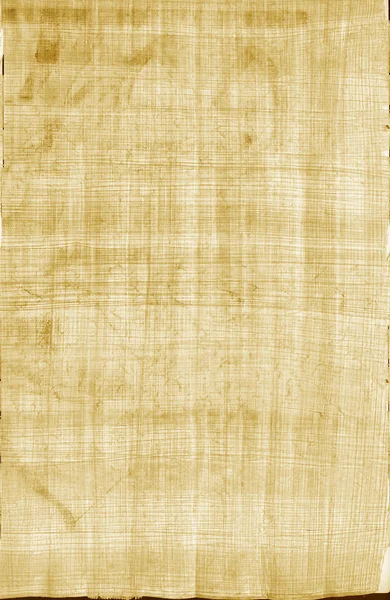

Thank adding to this forum with your questions. Check with the company that makes your leaf to see if they carry an appropriate sealer.” Avoid using waterbased sealers (like Golden’s Polymer Varnish) at any stage when using imitation gold leaf and/or oil paint. If using imitation gold leaf then you MUST seal at some point within 6 months after application, so it will not tarnish from exposure to air. The varnish I recommend in the video, Goldens Archival Varnish Gloss is removable, and therefore you should not put this under oil paint, (as solvents added to oil paint could redissolve the varnish.) You can use Goldens Archival Varnish Gloss (or any solvent based varnish or sealer) OVER the final painting at the end, over leaf and paint as a final coat. To seal over the leaf before you apply oil paint, use a permanent sealer, as opposed to a removable varnish sealer. “If you are overpainting the leaf with oil paint, you have a choice to 1) seal over the leaf before you apply your oil paint, or 2) apply oil paint over unsealed leaf, then seal at the very end over both leaf and oil paint when dry. nancy reyner is a great resource, she has some youtube videos and also this link talks about painting over gold leaf w oils. I also want to use oil paint on panel over gold leaf. View the index of all of my articles that are created specifically for class projects: 27 responses so far 27 Responses to “Golden Inspirations: Gold Leaf Painting” The top layer is painted with oil on glass. In my painting, “A State of Grace”, I used copper leaf, silver leaf, and less traditional mediums including a glue texture, powdered copper, and shavings from steel picture frames (the left over dust from a frame store I worked at). In “Thistle Garden”, I used a type of variegated gold leaf, which has a pattern of greens and copper, as well as gold tones. Here’s a couple of my own experiments that utilize gold leaf:

More Mixed Media Artists who incorporate Gold Leaf into their work: Artist and illustrator, Jackie Morris frequently employs gold leaf backgrounds in her paintings, which range from humorous rabbits to elegant birds. It can be worked into abstract paintings, as well as those that focus on representational themes.Ĭompositions built around white have a classic effect when paired with gold. Even small fragments of gold leaf within a composition can add sparkle to the whole canvas. Gold leaf can also be paired with acrylic painting. Oil glazes also work very well above gold-leaf, allowing the gold to shine through thin veils of paint. Gold leaf was traditionally paired with egg-tempera painting, a method that used egg yolks as the pigment binder, and was a predecessor to the creation of oil paints. Images of nature become iconic expressions of beauty when the details are isolated against the warm and brilliant tones of gold (click to view enlargements). Gustav Klimt is the most famous artist of the 20th century to have used gold leaf as a primary aspect of his expression. These fine renditions of wild life are still their most popular form of art. It is still popularly used in religious art, in both the west and the east, due to the fact that it’s luminous hue and brilliance gives an enlightening appearance to almost any image it is paired with.Īsia has utilized gold-leaf backgrounds in their fine paintings of animals and nature for throughout generations of dynasties, and hundreds of years.

Gold leaf was widely used during the great dynasties of Egypt, as well as in Eastern and Western Europe, evidenced by Byzantine icons and medieval altarpieces. Today, faux versions of gold (actually made from copper) makes the practice of using it much less cost prohibitive. Gold leaf is manufactured by hammering real gold into paper-thin sheets. This is a traditional media which has been in practice some 5000 years, beginning in ancient India. Today, I turn my attention to the glory of Gold Leaf.


 0 kommentar(er)
0 kommentar(er)
